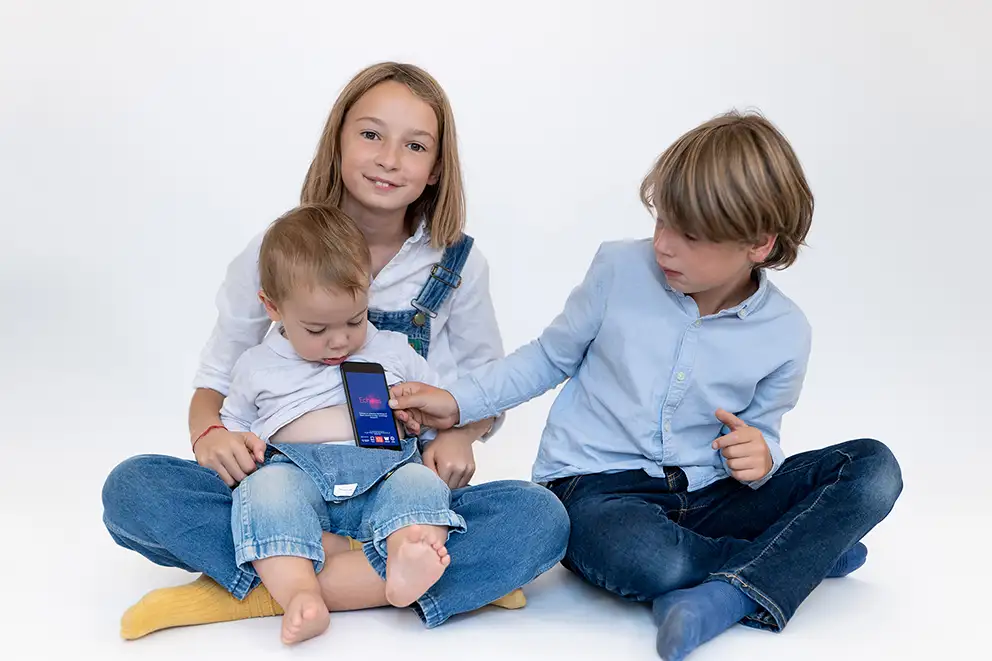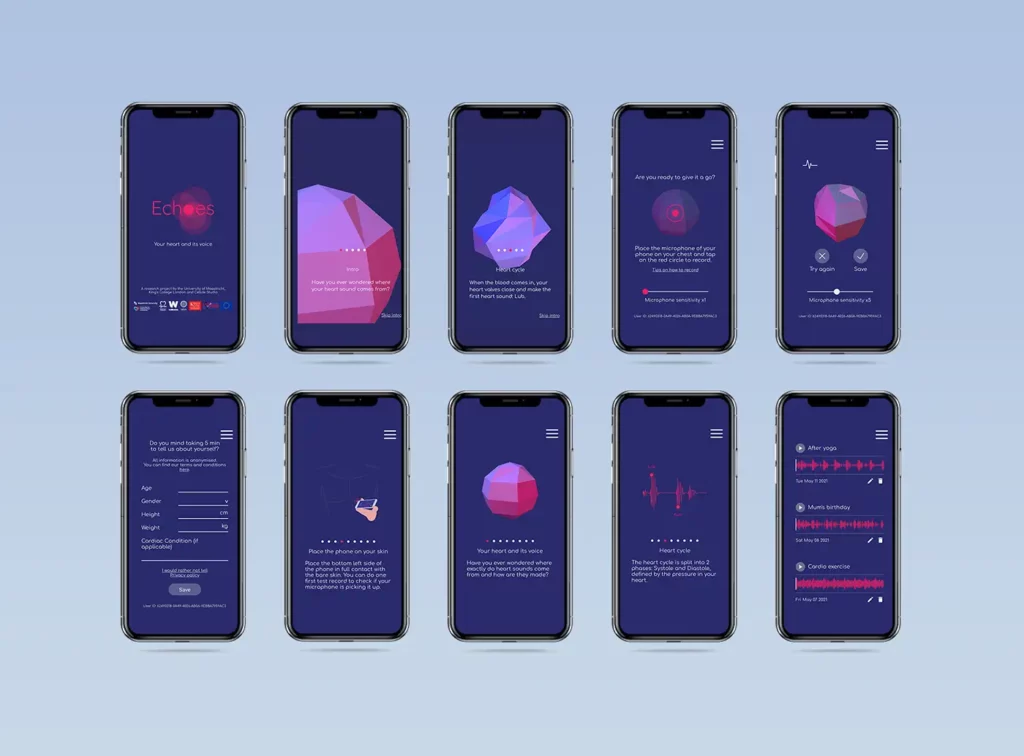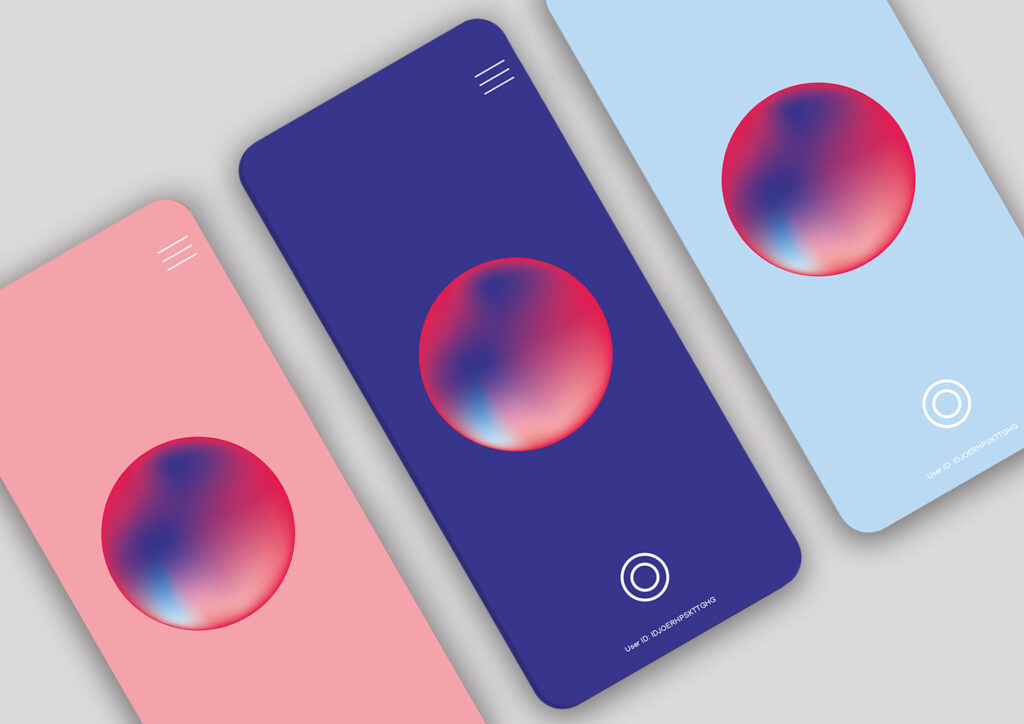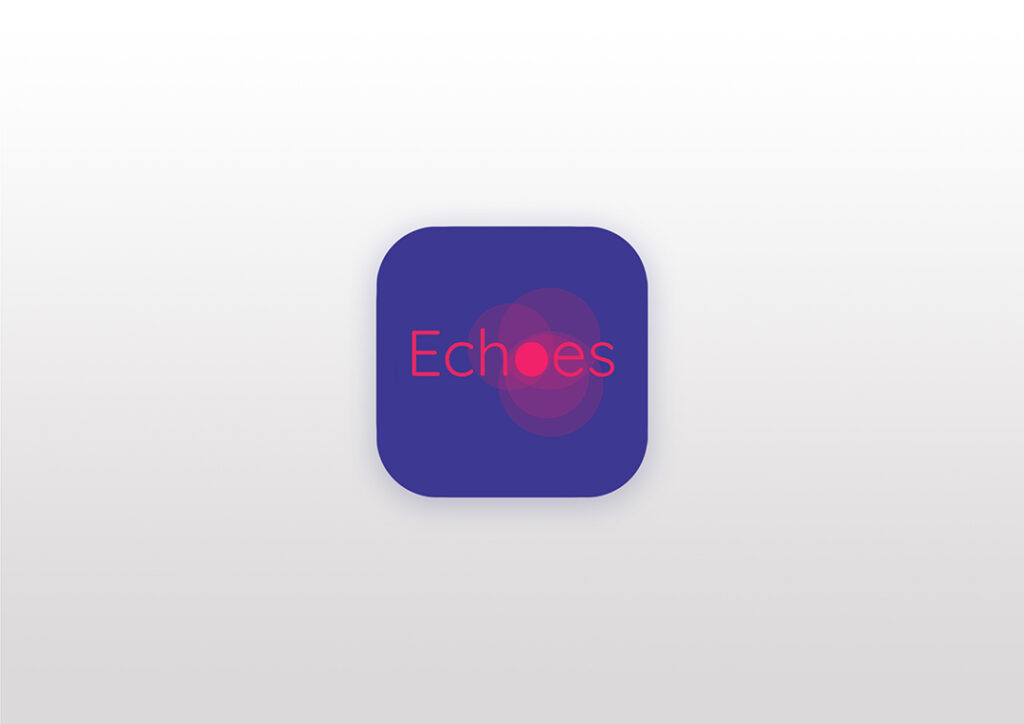KING’S COLLEGE LONDON,
UNIVERSITY OF MAASTRICHT
2020
Echoes is an app which captures the sound of your heart. Designed to be intuitive and easy to use, its clean lines and colour palette make the experience meditative, reflecting on the variety of human rhythms.
A collaboration between science and poetic exploration, the app is a useful educational tool to help young people learn about their hearts and hear what different people’s hearts sound like. While it isn’t a diagnostic tool, Echoes can help people gather useful data in a low-stress environment.
Echoes has been used by more than 20,000 people across the globe, creating a one of a kind database for music composition, and rhythm exploration.
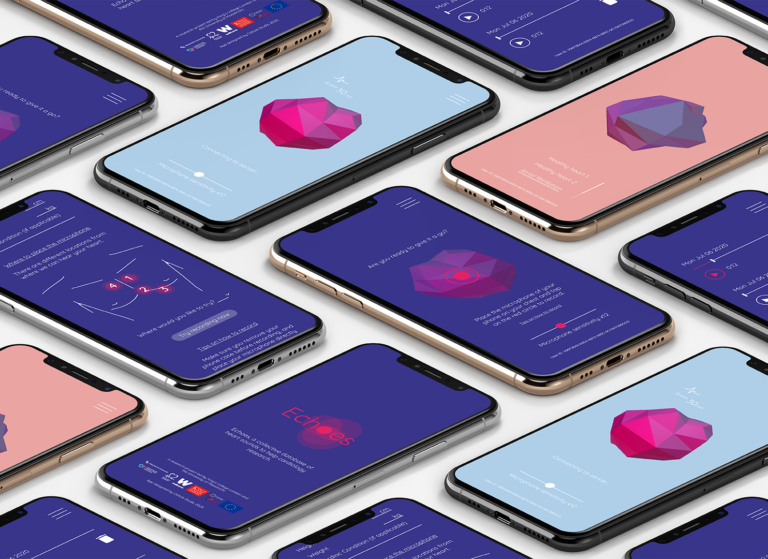
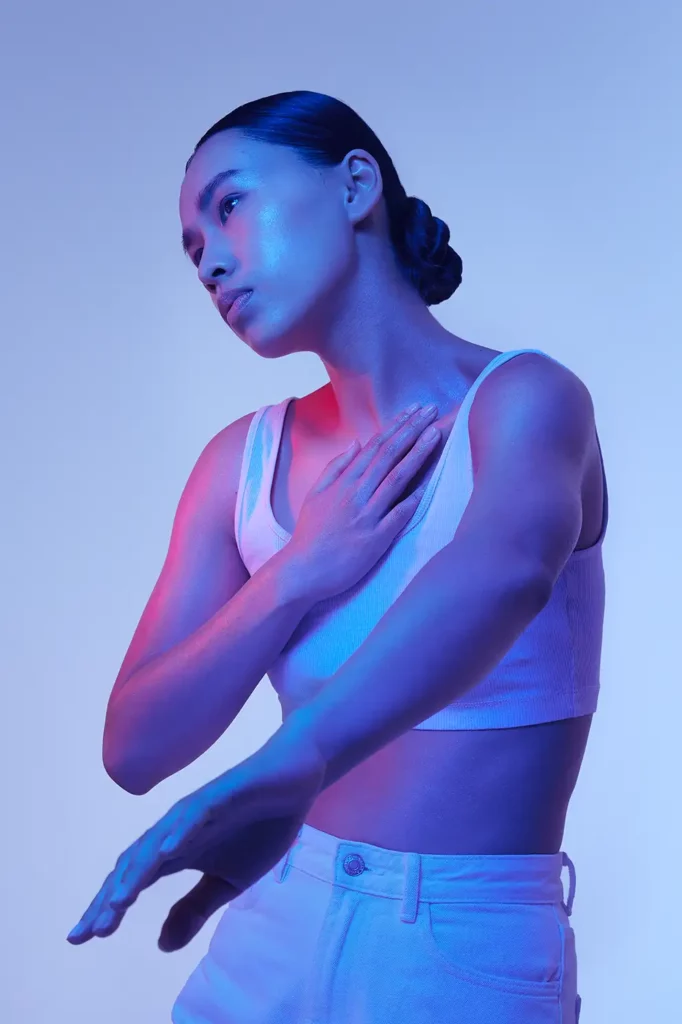
Working in collaboration with young people with heart conditions, we co-designed the Echoes prototype for it to feel trustworthy yet accessible. When considering how to visualize the sound of a heartbeat, we directed the interface towards visual symbolism, combining 3d sonic visualization with heart flow information.
The project is a collaboration between Cellule design studio and Dr. Pablo Lamata and his team at the School of Biomedical Engineering & Imaging Sciences at King’s College London. The initial idea of the app originated in the research of Hongxing Luo at the University of Maastricht. Early testing was conducted through the British Heart Foundation and Evelina Children’s Heart Organization charities. Project funded by the Wellcome Trust and PICnetEU.
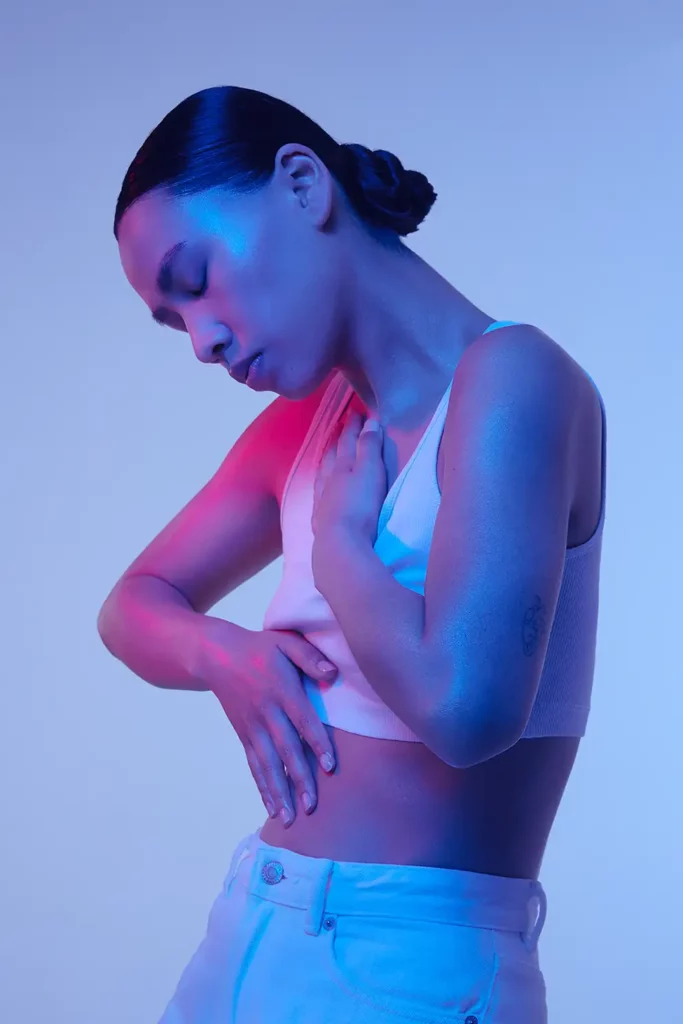
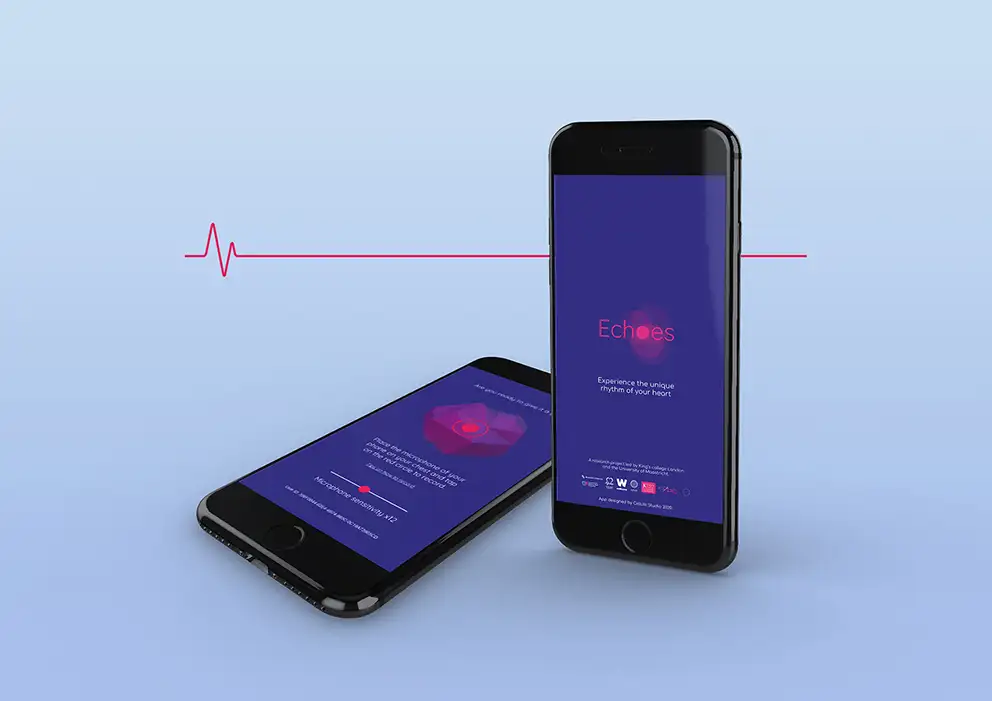
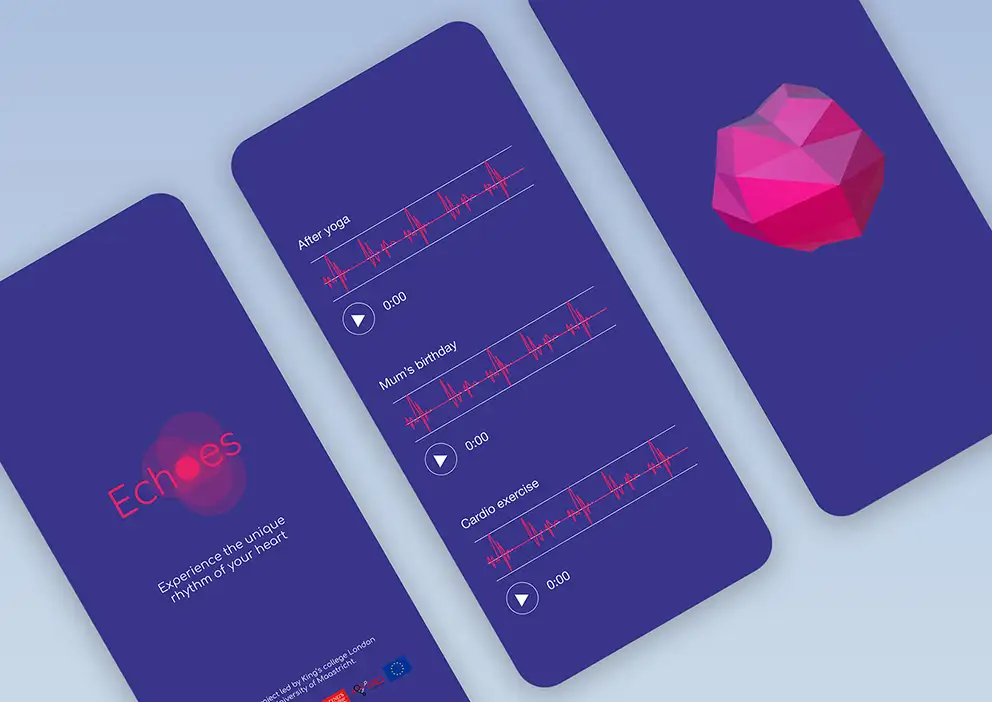
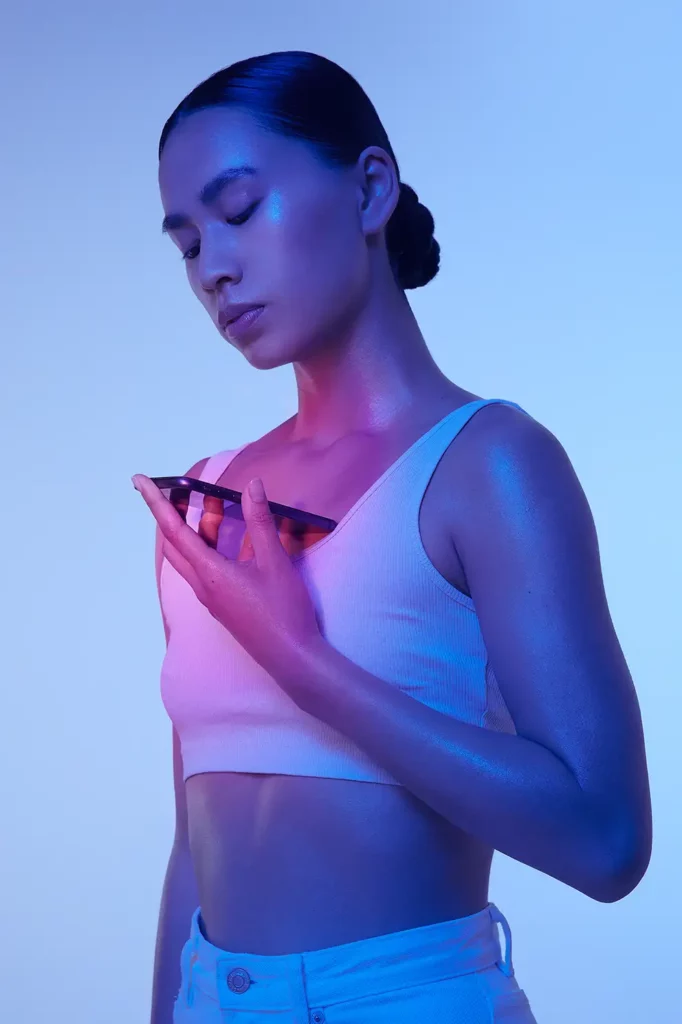
Creative direction and production: Salomé Bazin
Scientific direction: Prof Pablo Lamata and Prof Frits Prinzen
Programming: Andrew Fender, Danilo Figueirido
Photographer: Pascal Schonlau
Creative shoot: Josué Graesslin
Videographer: Maxime Tissot
Make up artist: Olivia Cochrane
Models: Sarah Baugsto, Alice Pan
Dancers:Gala Moreau, Darra He, Noemie Ha
Music: Arthur Astier
